Diabetes Treatment and Care Standards
38.4 million people have been diagnosed with diabetes in the United States. The number of people diagnosed with diabetes in the U.S. has increased in recent…

38.4 million people have been diagnosed with diabetes in the United States. The number of people diagnosed with diabetes in the U.S. has increased in recent…
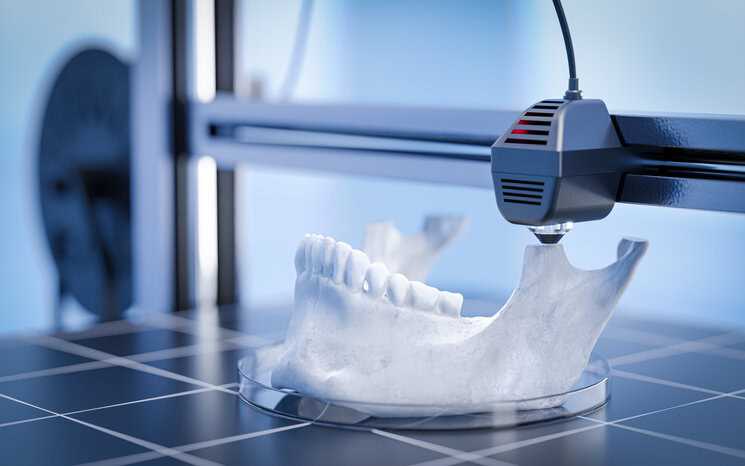
The field of medicine is undergoing a significant transformation thanks to advancements in 3D printing technology. This innovative process, which creates three-dimensional objects from digital…

A study found that individuals with cognitive disability experienced lower scores in general self-efficacy and time management skills than with individuals without cognitive disability. Luckily,…
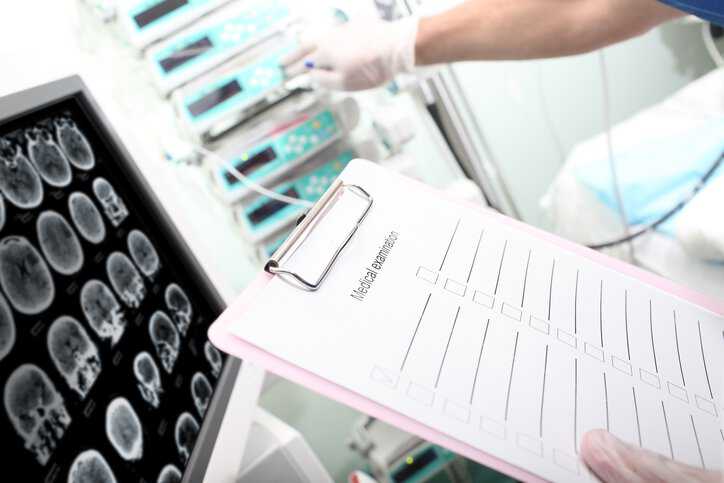
Today, approximately 90% of all practicing dentists in the U.S. use some form of digital intra-oral radiographic system for their imaging requirements. Therefore, the need…
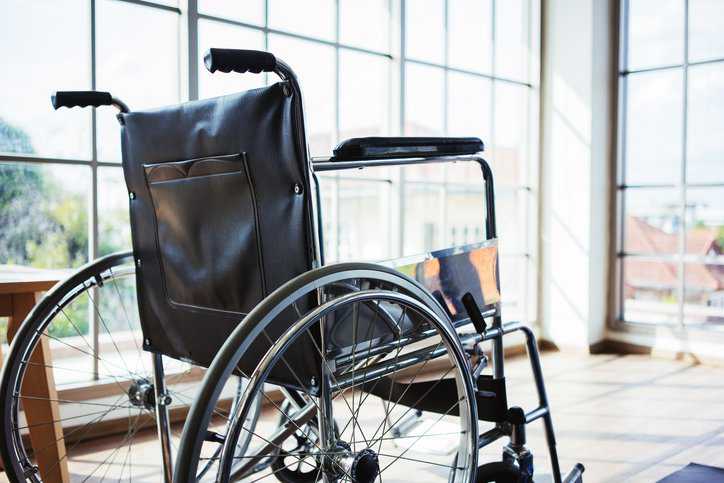
An estimated 5.5 million Americans use a wheelchair, as do 65 million people worldwide. Wheelchairs are thereby commonly used assistive devices that help people with…

The pharmaceutical manufacturing process is highly intricate, involving numerous steps and protocols to ensure the production of safe and effective medications. However, despite stringent measures,…
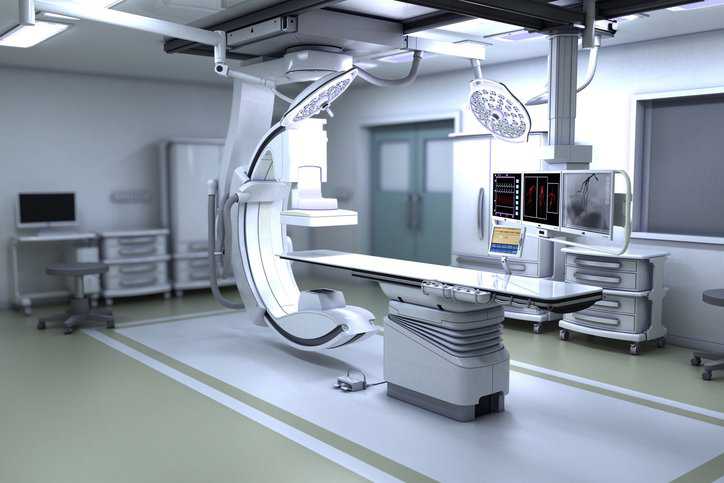
Patients in hospitals can be exposed to electromagnetic fields and optical radiation. This exposure may be associated with risks and hazards. IEC 60601-2-57 Ed. 2.0…
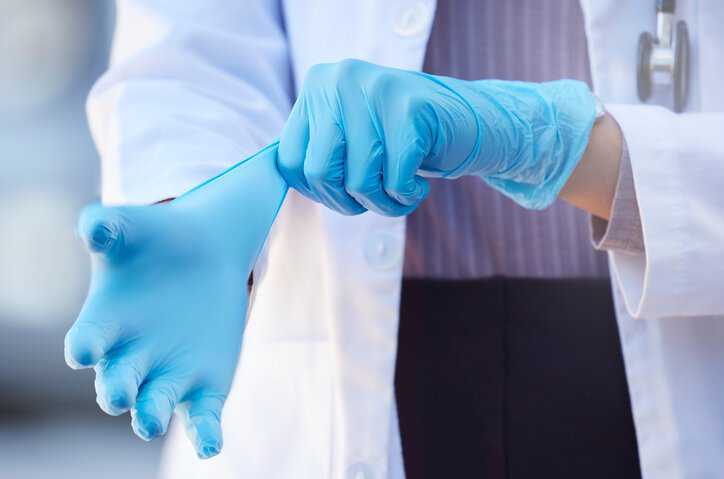
Known for its cost-effectiveness, durability, flexibility, and adaptability, polyvinyl chloride (PVC) is a cornerstone material in industries worldwide. ISO 11193-2:2006— Single-Use Medical Examination Gloves –…
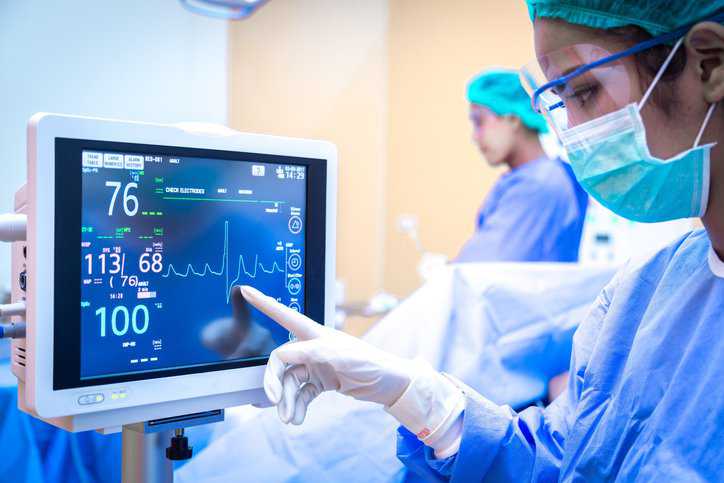
Medical errors occur far too frequently: over 7 million American patients are impacted by medical errors each year; there are 7,000 to 9,000 Americans who…